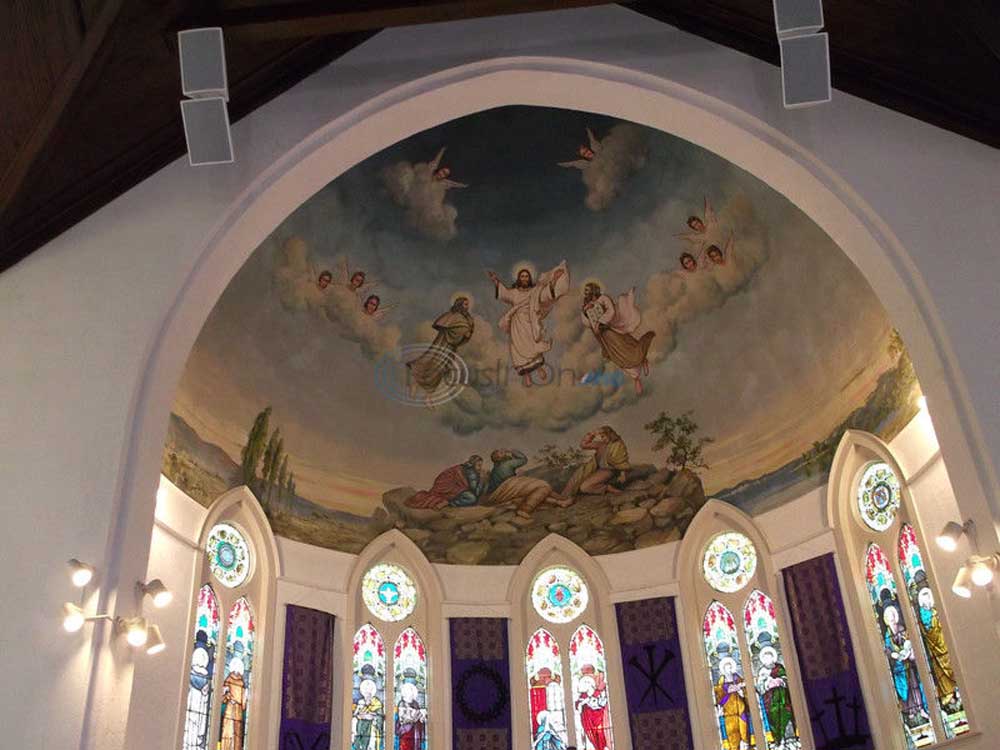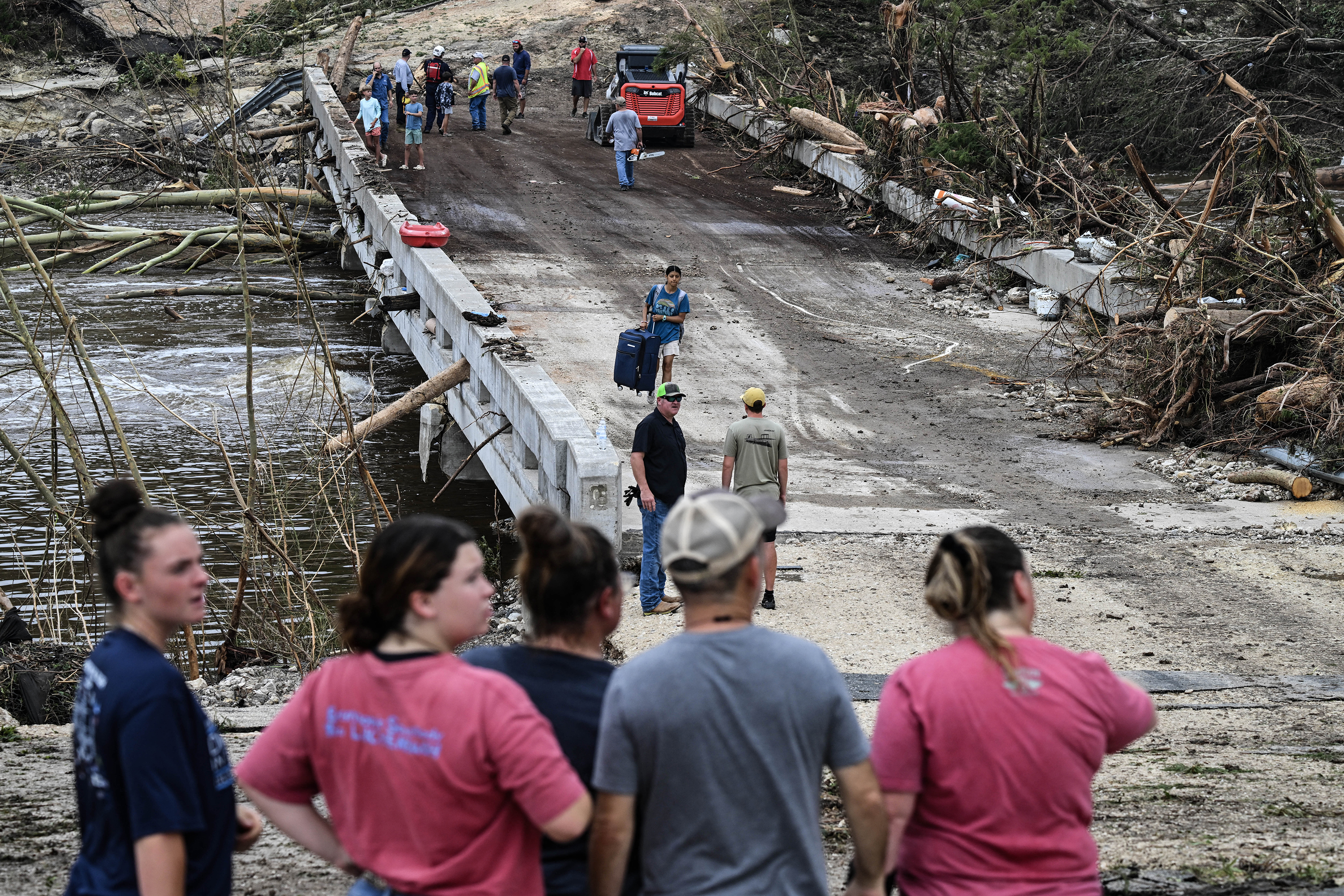Palestine attraction: Catholic church
Published 11:26 pm Sunday, July 7, 2013
BY BETTY WATERS
blw@tylerpaper.com
PALESTINE — It was the early 1870s and men were working on the International Great Northern Railroad that would come through this town, giving it a spurt of growth.
The Irish Catholic railroad men wanted a Catholic church, so, a small wooden church was constructed at the corner of West Oak and North Queen streets, completed in 1873 and named St. Joseph’s Catholic Church in honor of St. Joseph, patron saint of the working man.
But in May 1890, it burned to the ground. Arson was suspected because all the water hoses were slashed and the wheels removed from the fire wagons when firefighters went to respond to the blaze.
Ironically, a state convention of the Firemen of Texas was in session in Palestine at the time.
The church was insured for $2,000, which was a great amount in those days. A church bazaar raised $1,200 and the priest, Father Thion, donated his salary.
With all those funds in hand, later that same year, construction began and took three years to complete another church, named Sacred Heart Catholic Church. It is an imposing, regal structure in downtown Palestine marking its 120th anniversary.
“They wanted something that was really going to last, so what they did was they brought in wagonloads of mud from the Trinity River,” said Eileen Miller, a church tour guide.
They heated and baked bricks in kilns set up where a St. Joseph’s statute now sits for use in building the new church, she said. A total of 675,000 bricks were used, showing the dedication that the men had toward construction of the new church, she added.
The architectural style of Sacred Heart Catholic Church is French Victorian gothic. It is only one of five churches left in the state with this architecture, a history of the church states.
The architect was Nicholas J. Clayton, who also was the architect for what is now known as the Bishop’s Palace in Galveston. He was Texas’ first professional architect, Ms. Miller said.
Sacred Heart was placed on the National Register of Historic Places in 1979.
The church is a striking sight that attracts visitors eager to tour the interior. It is open for tours during the Dogwood Trails festival and at other times.
The guestbook reveals that tourists have come from many places, including Fort Worth, Houston, Plano, Waco, Oklahoma, Salt Lake City, Wisconsin, Nebraska and Kansas.
The structure was originally reddish brick, but in 1991, a white sealer was applied, Ms. Miller said.
A special sealer of paint and preservatives was used to hold the brick together because of deterioration of the brick and mortar, Ms. Miller said.
“If you were to look down on the church, it is in the shape of a cross. … If you were to turn the church upside down, the roof is in the shape of a hull of a boat,” a church history states.
The ceiling is pine but has no nails since it was constructed with all wooden pegs.
The woodwork around the windows, the confessional and the altar rail is polished oak, with most of the carved wood in the shape of the dogwood, the history points out.
The church seats 500 comfortably, but it can sit as many as 1,000 if necessary. Its present-day membership numbers 1,200 to 1,500, according to estimates.
The stained glass windows are from France and Italy. All of the windows are stained glass, but only one is fully authentic stained glass, while the others have parts inserted, Ms. Miller said.
The stained glass windows depict various, many religious scenes and figures. A large window, for instance, depicts the ascension of Christ with the city of Jerusalem at his feet. It is directly over the life-sized statue of Christ being crucified, notes historical information used by tour guides.
Another window shows St. Rose of Lima, Peru, the first canonized saint of the new world.
“She was known for her dedication to the underprivileged and people who needed help,” Ms. Miller said.
A window depicts the assumption of the Blessed Virgin Mary into Heaven; still more windows show St. Francis of Assisi, St. Luke, St. John, St. Matthew, St. Mark, St. Peter and St. Paul.
A painting in the ceiling above the main altar shows the transfiguration of Christ.
“We don’t know who did the painting, but it is absolutely beautiful,” Ms. Miller said. She guessed that it was painted before 1900.
The eyes of Jesus in a portrait appear to follow viewers no matter where they are standing.
“Maybe it’s an explainable optical illusion or the sacredness of who it is. It was probably an inspiration,” Ms. Miller said.
Stations of the Cross begin on the left as visitors enter and continue around the church.
A hand carving of the Last Supper made out of Lynwood from Italy on the front altar is “so detailed you can see the fingernails and toenails” of Jesus and the apostles, Ms. Miller said, noting it was an anonymous donation to the church.
The choir loft and pipe organ are upstairs in the back of the church. The organ, believed to have been installed in the 1910s or 1920s, originally was a pump organ that was controlled by bellows that were pumped by boys.
It was electrified in 1928 at a cost of $6,000 and still is in use. Every part of the organ was handcrafted. It has a total of 654 pipes. The latest estimate of the value of the organ was made in 2007 and placed the cost then at $150,000.
The church has masses at 5 p.m. Saturday in English and 6:30 p.m. in Spanish. Sunday masses are at 8 a.m. and 10:30 a.m. in English and at 1 p.m. in Spanish.







